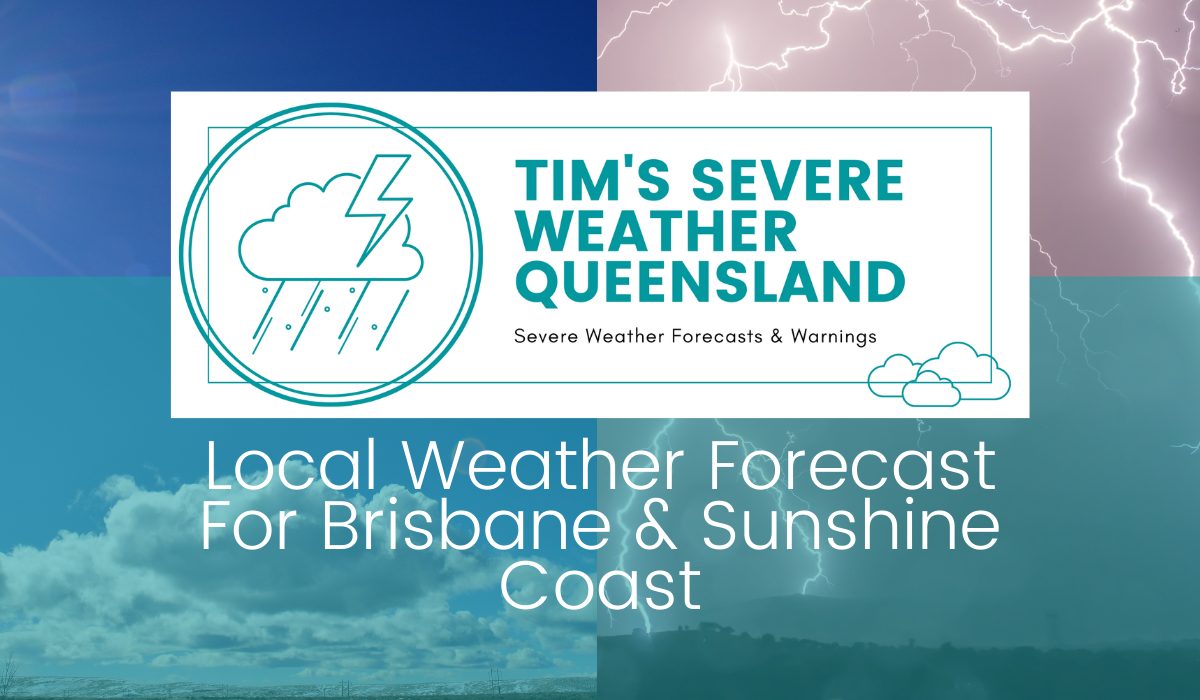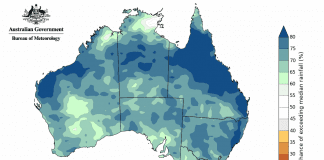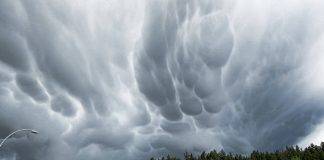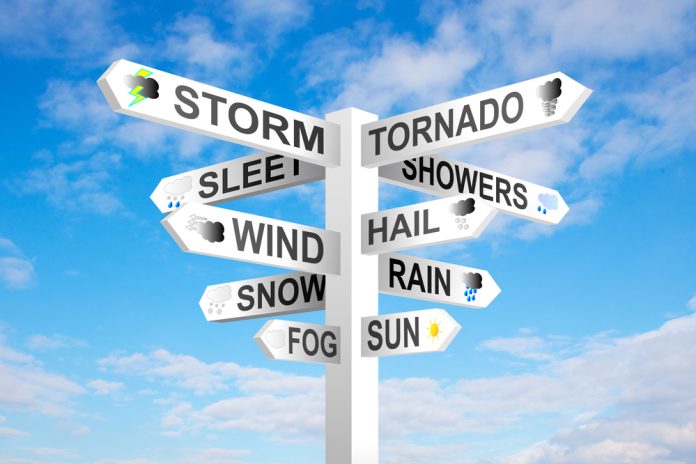
What is Weather Forecasting?
Weather forecasting is the process of predicting future weather conditions based on current observations and an understanding of the underlying atmospheric and environmental conditions. Meteorologists, or weather forecasters, use a variety of tools and techniques to make weather forecasts, including computer models, satellite imagery, and ground-based observations.
There are several different types of weather forecasting, including:
- Short-term forecasting (predicting weather conditions over a few hours to several days)
- Medium-range forecasting (predicting weather conditions over several days to a week or more)
- Long-range forecasting (predicting weather conditions over several weeks to several months)
- Seasonal forecasting (predicting weather patterns over an entire season)
Weather forecasting is an essential tool used in various applications, including agriculture, transportation, emergency response, and recreational planning. Accurate weather forecasts can help people and organizations to prepare for and mitigate the impacts of extreme weather events, such as hurricanes (otherwise known as cyclones and typhoons), thunderstorms, and heat waves.
Weather forecasting, or the attempt to predict future weather conditions, has a long and storied history that stretches back centuries. From ancient civilizations using observations of the sky and natural signs to predict weather patterns to the sophisticated computer models used by modern meteorologists, the practice of weather forecasting has evolved significantly over time.
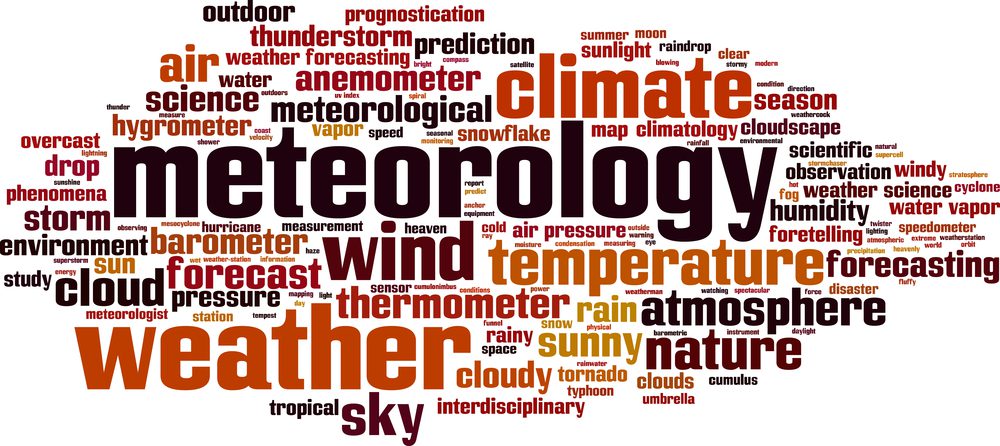
Ancient Origins of Weather Forecasting
The earliest known examples of weather forecasting can be traced back to ancient civilizations such as the Egyptians, Greeks, and Chinese. These early societies developed complex systems for predicting the weather based on observations of the sky and natural signs, such as the behaviour of animals and the appearance of certain plants.
In ancient Greece, for example, the philosopher Aristotle wrote extensively on meteorology and made detailed observations of the weather and its patterns. The ancient Greeks also believed that certain signs, such as the appearance of halos around the sun or moon, could indicate coming weather changes.
The Chinese developed a sophisticated system for predicting the weather based on observations of the stars and the movements of celestial bodies. This system, known as the Chinese system of meteorology, remained in use for centuries and influenced the development of weather forecasting in other parts of the world.
Famous weather forecasters from the past and present
- John Moore (1730-1802): Moore was an English meteorologist who is credited with developing the first barometer that could be used to forecast the weather.
- James Pollard Espy (1785-1860): Espy was an American meteorologist who contributed significantly to understanding atmospheric physics and weather forecasting.
- Robert FitzRoy (1805-1865): FitzRoy was an English meteorologist and sailor who is best known for his role as the captain of HMS Beagle during Charles Darwin’s famous voyage of discovery. FitzRoy is also credited with developing the first daily weather forecasts for the British public.
- William Morris Davis (1850-1934): Davis was an American geographer and meteorologist who is considered to be the father of modern meteorology.
- Isaac Cline (1861-1955): Cline was an American meteorologist best known for forecasting the Galveston Hurricane of 1900, one of the deadliest hurricanes in US history.
- John von Neumann (1903-1957): Von Neumann was a Hungarian-American mathematician and meteorologist who made significant contributions to the development of computer modelling and weather forecasting.
- Ted Fujita (1920-1998): Fujita was a Japanese-American meteorologist who is best known for his work on tornadoes and the development of the Fujita Scale, which is used to classify the intensity of tornadoes.
- Al Roker (1950-present): Roker is an American television personality and weather forecaster who is best known for his role as the weather anchor on NBC’s “Today” show.
- Jim Cantore (1964-present): Cantore is an American meteorologist and television personality who is known for his coverage of extreme weather events for The Weather Channel.
- Sam Champion (1961-present): Champion is an American meteorologist and television personality who is best known for his role as the weather anchor on ABC’s “Good Morning America.”
- Storm Reid (2003-present): Reid is an American actress and weather forecaster who is best known for her role as the weather anchor on “The Weather Channel” and “AMHQ.”
- Brianna Keilar (1980-present): Keilar is an American journalist and weather forecaster who is best known for her role as the weather anchor on CNN.
- Dylan Dreyer (1981-present): Dreyer is an American meteorologist and television personality who is best known for her role as the weather anchor on NBC’s “Today” show.
- Ginger Zee (1981-present): Zee is an American meteorologist and television personality who is best known for her role as the chief meteorologist on ABC News.
- Stephanie Abrams (1978-present): Abrams is an American meteorologist and television personality who is best known for her role as the weather anchor on The Weather Channel.
- Mike Seidel (1962-present): Seidel is an American meteorologist and television personality who is best known for his coverage of extreme weather events for The Weather Channel.
- Maria LaRosa (1974-present): LaRosa is an American meteorologist and television personality who is best known for her role as the weather anchor on The Weather Channel.
The Role of Science in Modern Weather Forecasting
As scientific understanding of the natural world began to advance, so too did the accuracy and reliability of weather forecasting. In the 16th and 17th centuries, scientists such as Francis Bacon and René Descartes made significant strides in understanding the underlying principles of meteorology and developed new methods for predicting the weather.
Over the following centuries, technological advances and the development of new scientific instruments, such as the barometer and thermometer, allowed meteorologists to make more accurate weather predictions. In the 20th century, the widespread use of computers and satellite technology revolutionized the field of meteorology and greatly improved the accuracy of weather forecasts.
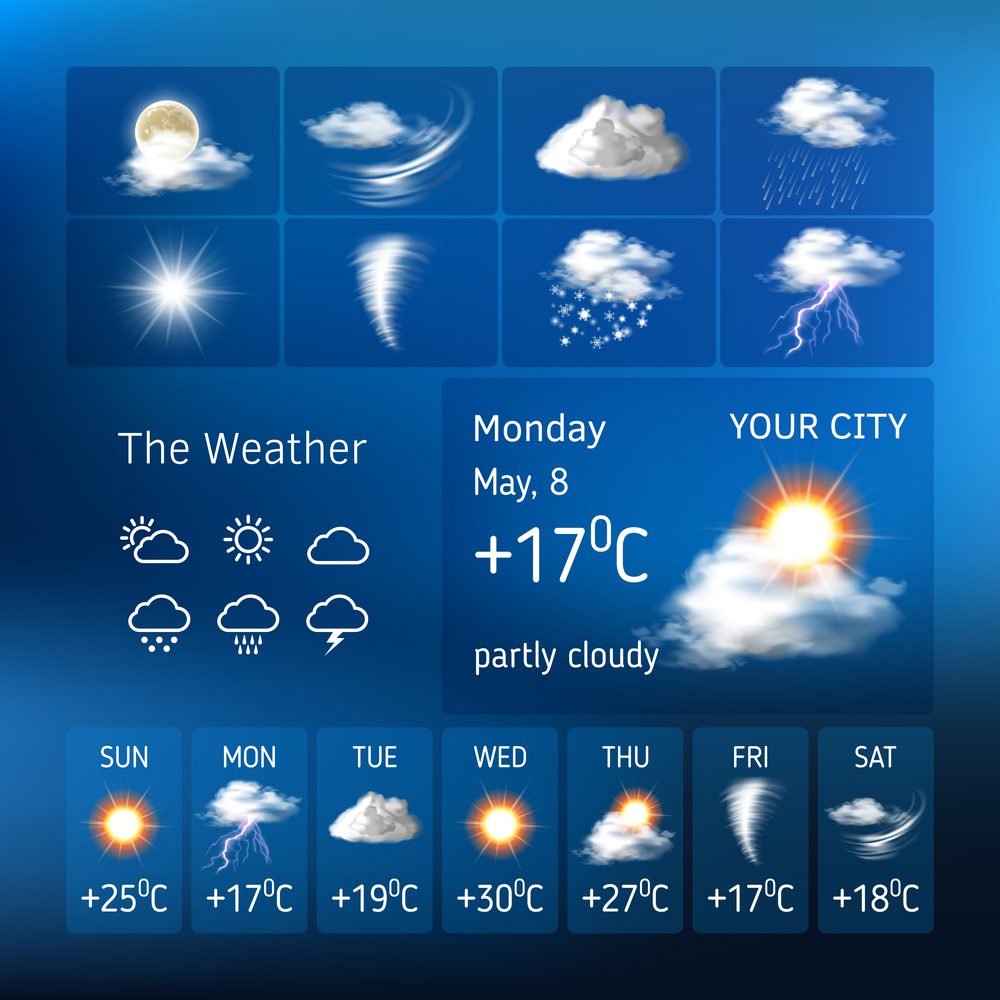
The Cultural Significance of Weather Forecasting
Weather forecasting has long held cultural significance in societies around the world. In many cultures, the weather has been seen as a powerful force that can shape the course of human events and influence daily life.
In modern times, predicting the weather has become increasingly important for various practical reasons. Accurate weather forecasts can help farmers plan their crop cycles, allow for the safe operation of transportation systems, and help to protect against natural disasters such as hurricanes and tornadoes.
In addition to its practical applications, weather forecasting has also shaped cultural norms and traditions. In many societies, the weather has long been used as a subject of conversation and a source of folklore and superstition. In some cultures, certain weather patterns or events are believed to bring good or bad luck, while in others, certain types of weather are associated with specific rituals or celebrations.
History of weather Modelling
The history of weather modelling can be traced back to the early 20th century when scientists began using mathematical equations to represent the physical processes that drive the Earth’s weather system. These equations, known as atmospheric models, were used to simulate the behaviour of the atmosphere and make predictions about future weather conditions.
One of the earliest weather models was developed in the 1920s by Lewis Fry Richardson, a mathematician and meteorologist. Richardson’s model was based on the idea that the Earth’s weather system could be represented as a set of differential equations that describe the movement of heat and moisture in the atmosphere.
Although the model was too complex to be solved by hand, it was an important step in developing modern weather forecasting techniques.
In the decades that followed, advances in computer technology made it possible to solve Richardson’s equations and run more sophisticated weather models. In the 1950s, the first computer-based weather models were developed, which allowed meteorologists to make more accurate weather forecasts.

Today, weather modelling is a critical tool for predicting the Earth’s weather and climate. Modern weather models use complex computer algorithms to simulate the atmosphere’s behaviour and make predictions about future weather conditions. Meteorologists use these models worldwide to produce forecasts that help people plan for the weather and protect against natural disasters.
In addition to predicting the weather, weather models are also used to study long-term climate trends and understand the impacts of climate change. By simulating the Earth’s climate system over extended periods of time, scientists can gain insight into how the climate is changing and what the implications of these changes might be for the future.
Types Of Weather Models
There are several different types of weather models that are used to predict future weather conditions. Some common types of weather models include:
- Numerical weather prediction (NWP) models: NWP models use complex computer algorithms to simulate the behaviour of the Earth’s atmosphere and make weather forecasts. NWP models are based on mathematical equations that describe the movement of heat and moisture in the atmosphere.
- Global climate models (GCMs): GCMs are NWP models used to simulate the Earth’s climate system over long periods. GCMs are used to study long-term climate trends and understand the impacts of climate change.
- Mesoscale models: Mesoscale models are a type of NWP model that is used to predict the weather on a regional scale, such as for a specific country or state. Mesoscale models are useful for predicting the weather in areas with complex topography or land covers, such as mountains or urban areas.
- Limited-area models: Limited-area models are a type of NWP model that is used to predict the weather for a specific area, such as a city or region. Limited-area models are useful for making local weather forecasts and can be run at a higher resolution than global models.
- Statistical models: Statistical models are a type of weather model that is based on historical weather data and statistical techniques. Statistical models are used to make forecasts based on patterns and trends in the data rather than on physical processes.
Weather models are an important tool for predicting future weather conditions and understanding the Earth’s climate system.
Why is historical weather data important?
Historical weather data is important for a variety of reasons. First, it helps provide context and perspective on current weather conditions. By looking at how the weather has changed over time, we can better understand how the climate is behaving and how it may continue to change in the future.
Historical weather data is also valuable for scientific research and analysis. Scientists use historical weather data to study long-term climate trends, understand the impacts of climate change, and develop models to predict future weather patterns. In addition, historical weather data can be used to validate and improve the accuracy of current weather models.
Another important use of historical weather data is in the field of agriculture. Farmers rely on accurate weather data to plan their crop cycles and make irrigation, fertilization, and pest control decisions. Historical weather data can help farmers to anticipate the weather conditions they can expect in the future and make informed decisions about how to best manage their crops.
Finally, historical weather data is important for a variety of practical applications, such as transportation planning, emergency response, and insurance. By understanding how the weather has behaved in the past, individuals and organizations can better prepare for and mitigate the effects of extreme weather events.
Overall, historical weather data plays a crucial role in helping us to understand and anticipate the weather, which is a fundamental aspect of life on Earth.
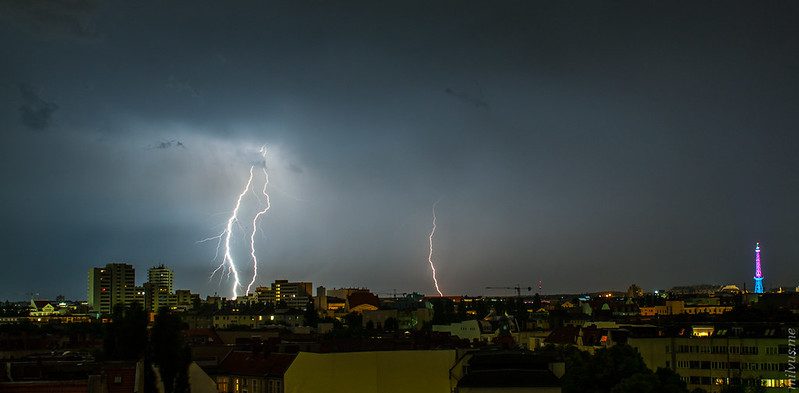
What are the four types of weather forecasting?
There are four main types of weather forecasting: short-term forecasting, medium-range forecasting, long-range forecasting, and seasonal forecasting.
- Short-term forecasting: Short-term forecasting refers to the prediction of weather conditions over a period of several hours to a few days. This type of forecasting is often used to provide information about imminent weather events, such as thunderstorms or hurricanes.
- Medium-range forecasting: Medium-range forecasting refers to the prediction of weather conditions over a period of several days to a week or more. This type of forecasting is often used to provide information about longer-term weather patterns, such as the expected path of a hurricane or the likelihood of prolonged dry or wet conditions.
- Long-range forecasting: Long-range forecasting refers to the prediction of weather conditions over a period of several weeks to several months. This type of forecasting is often used to provide information about the expected weather patterns for an entire season or even an entire year.
- Seasonal forecasting: Seasonal forecasting refers to the prediction of weather patterns over an entire season, such as the summer or winter. Seasonal forecasts often provide information about a particular region’s expected temperature and precipitation patterns over a specific time frame.
Overall, the type of weather forecasting depends on the user’s specific needs and the time frame over which accurate forecasts are required.
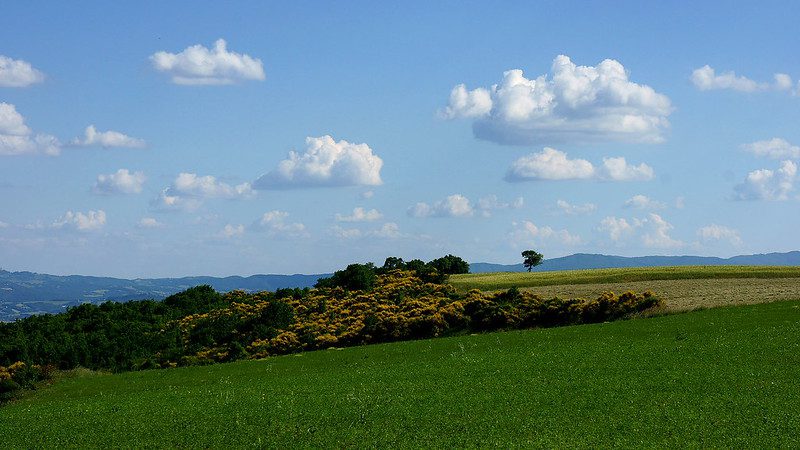
How to become a meteorologist?
If you are interested in becoming a meteorologist, here are some steps you can take to achieve your goal:
- Earn a bachelor’s degree in meteorology or a related field: Most meteorologists have at least a bachelor’s degree in meteorology or a related field, such as atmospheric science or environmental science. During your studies, you will learn about the fundamental principles of meteorology and gain practical weather forecasting and analysis skills.
- Gain practical experience: In addition to formal education, gaining practical experience can be an important step in becoming a meteorologist. This can include internships, co-op placements with weather-related organizations or research institutions, or even volunteering with a local weather station or emergency response team.
- Obtain certification or licensure: Some states may require meteorologists to be licensed or certified to practice professionally. Certification is typically offered through professional organizations such as the American Meteorological Society (AMS) or through universities and learning institutions in your local area or country.
- Consider obtaining a graduate degree: While a bachelor’s degree is the minimum requirement for many meteorologist positions, a master’s or doctoral degree may be necessary for certain positions or to advance your career.
- Stay current on developments in the field: The field of meteorology is constantly evolving, so meteorologists need to stay current on new research and technologies. This can include attending conferences, participating in professional development courses, and staying up-to-date with the latest research in the field.
By following these steps and developing the necessary knowledge and skills, you can pursue a rewarding career as a meteorologist.
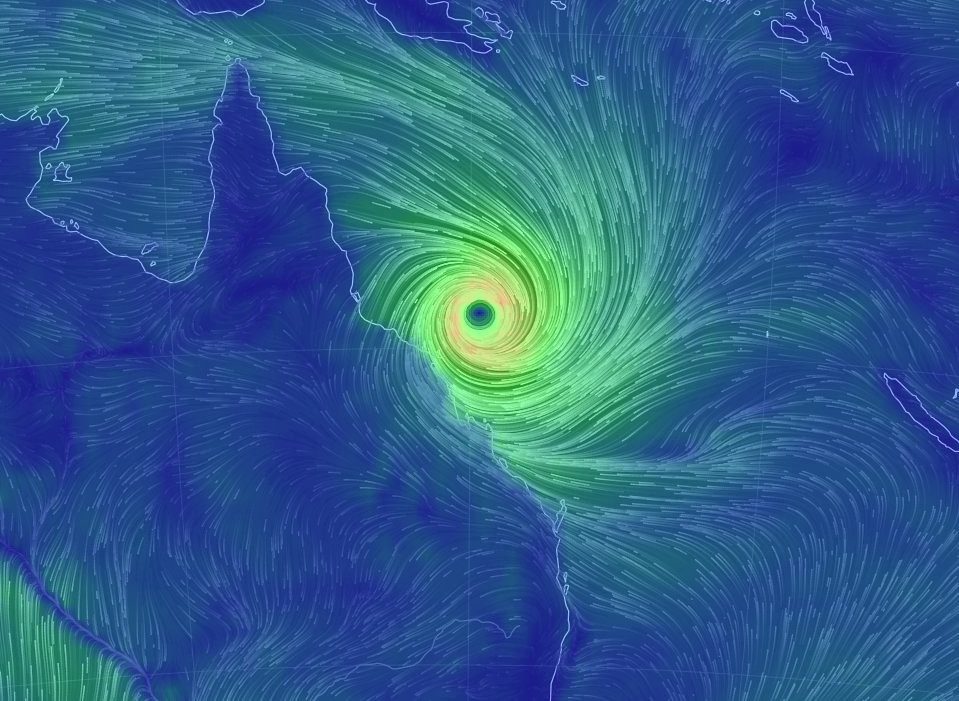
Conclusion
Weather forecasting has come a long way since its ancient origins, evolving from a system of observations and natural signs to a sophisticated science utilizing advanced technology and computer modelling. Despite its scientific foundations, weather forecasting holds cultural significance in societies worldwide, shaping traditions and influencing daily life.
International Online Resources
Here are some resources that you may find useful in learning more about the history and cultural significance of weather forecasting:
- The American Meteorological Society: The AMS is a professional organization for meteorologists and other atmospheric scientists. The AMS website includes a wealth of information on the history and science of meteorology, as well as resources for students and professionals in the field.
- The Royal Meteorological Society: The RMS is a UK-based professional organization for meteorologists and other atmospheric scientists. The RMS website includes information on the history of meteorology and weather forecasting and resources for students and professionals in the field.
- The National Oceanic and Atmospheric Administration (NOAA): This US government agency is responsible for researching and predicting the Earth’s weather and climate. The NOAA website includes a wealth of information on the science of meteorology and weather forecasting, as well as current forecasts and warnings.
Here are some resources for Australian weather websites:
- The Bureau of Meteorology: This Australian government agency is responsible for providing weather forecasts and warnings to the public. The Bureau of Meteorology website includes a wealth of information on the history and science of meteorology, as well as current forecasts and warnings.
- The Australian Meteorological and Oceanographic Society: The AMOS is a professional organization for meteorologists and other atmospheric scientists in Australia. The AMOS website includes information on the history of meteorology and weather forecasting in Australia and resources for students and professionals in the field.
- The Skywarn Association of Australia: The Skywarn Association is a volunteer organization that works with the Bureau of Meteorology to provide accurate and timely weather forecasts and warnings. The Skywarn website includes information on the organization’s history and mission and resources for volunteers.
- The Australian Severe Weather Association: The ASWA is a volunteer organization that promotes the study and understanding of severe weather in Australia. The ASWA website includes information on the organization’s history and mission and resources for members and the general public.
- Tim’s Severe Weather Queensland: My Weather Facebook page is updated regularly with severe weather predictions for cyclones, severe thunderstorms, flooding and heatwaves as well as any other weather threatening Queensland, Australia. I also write articles on nature and weather, such as this one and post them regularly. I also have a Facebook weather group here






































